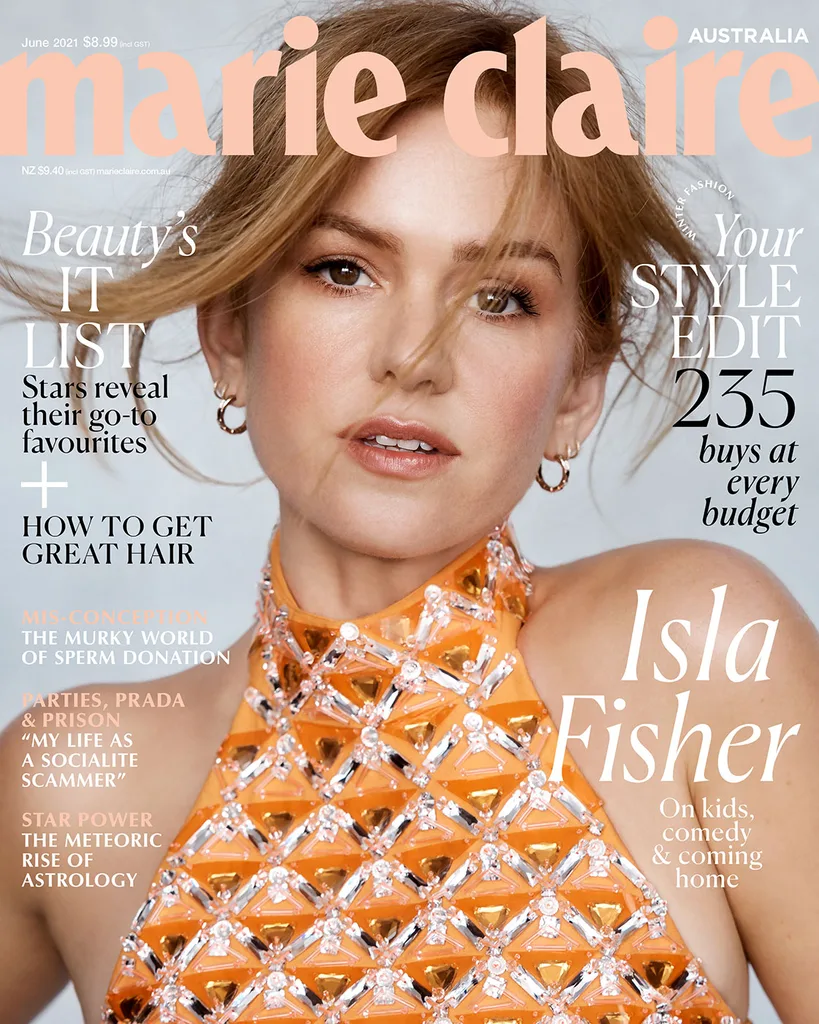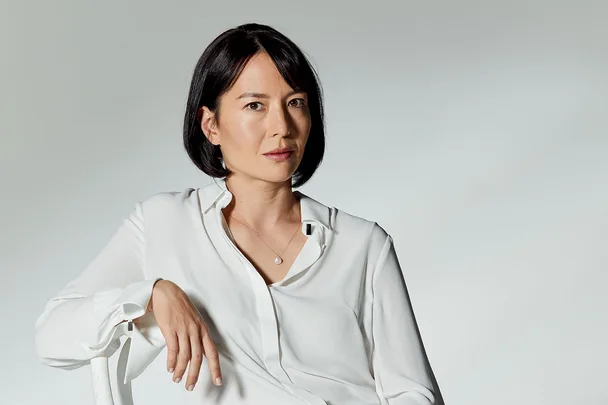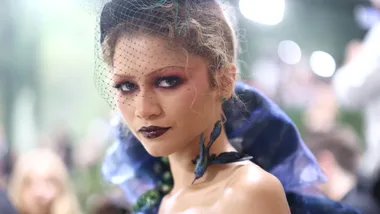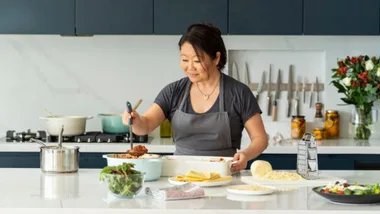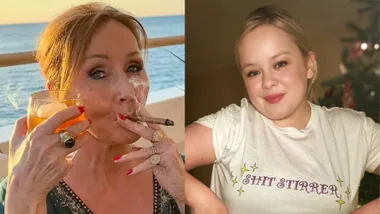Journalist Sarah Dingle was having dinner with her mother in a Sydney restaurant when she braced herself to ask a personal question. “Mum, I know you had me late. Did you have any problems conceiving me?” she asked. At 27, Dingle wasn’t considering having her own children right away, but wanted to know if there might be any genetic reasons why she should be cautious about leaving things too late. Her mother hesitated. “Maybe this isn’t the right moment to tell you,” she said. “But your father is not your father. We had … problems conceiving, and it turned out your father couldn’t,” Dingle’s mother continued. “So we used a donor.”
“I wanted to scream, to rip the tablecloth off, to smash something, to go to the bathroom and cry,” Dingle writes in her new book, Brave New Humans: The Dirty Reality of Donor Conception, a documentation of her own journey to unpack the secrets and lies around her own conception, but also an examination of the ethics and complexities of donor conception in Australia generally. Her mother tried to reassure her that the most important thing was to know that she was loved and that the man she had known as her father (who had died 12 years earlier) had considered her his own. Dingle found herself numbly agreeing, to make her mother feel better more than anything else. “This,” she explains, “was my first lesson in what it’s like to be donor conceived: your feelings about the whole business come last.”
Once Dingle realised half her genetic material was a complete mystery (“Looking in a mirror and not recognising half your face is incredibly trippy – and not in a good way,” she says), she spent years trying to track down her donor, a process that involved countless dead ends, unsympathetic IVF clinic staff and the horror of realising that records had been actively destroyed in order to protect donors. It was only after she took a genetic test with Ancestry.com that she finally tracked down the man whose sperm helped to create her.
Five-and-a-half years had passed since the conversation with her mother.
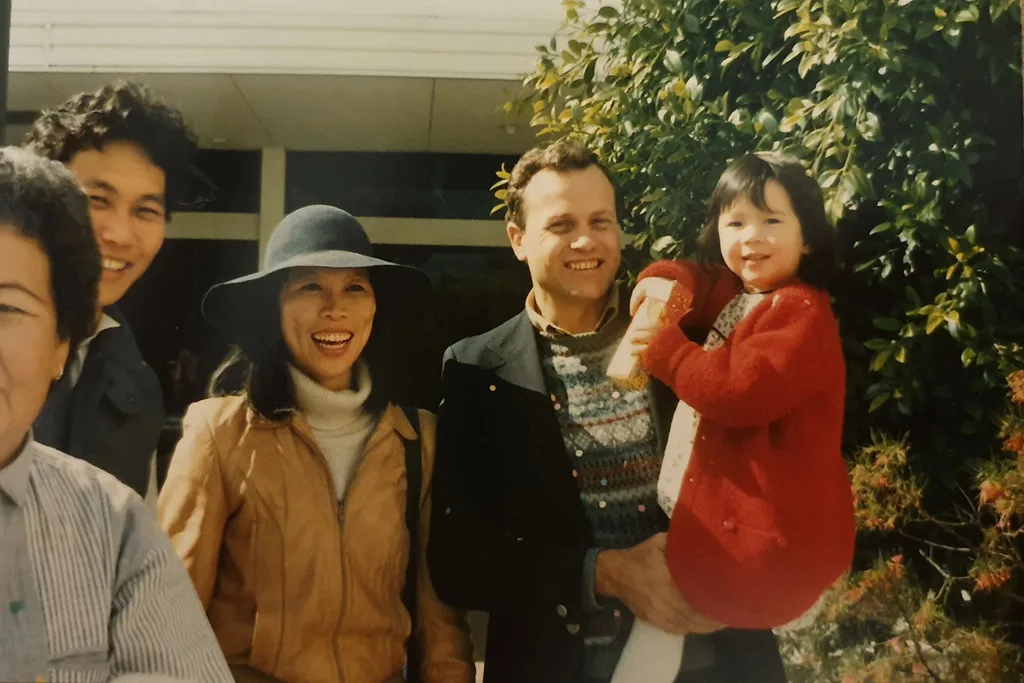
The process, Dingle says, was almost as troubling as being told she’d been donor-conceived. The experience became all the more disturbing when she discovered the man had been donating sperm once a week for two years. The extent of Dingle’s potential siblings (to date she is aware of six) is vast. “None of this, it has to be said, leaves me feeling particularly good about my existence,” says Dingle. “But the baby business has never cared about its children.”
Donor conception, where external parties provide sperm, eggs or embryos to an individual or couple, has allowed thousands of Australians to do what would once have been impossible for them: conceive a child. It’s estimated there are about 60,000 donor-conceived people in Australia, although that number is difficult to assess as so many people have never been officially recorded as donor conceived and likely don’t know they are. But the practice has also had a murky history in Australia and around the world. It’s difficult to pinpoint exactly when it began; the 1970s and 1980s marked the beginning of what we recognise now as the modern fertility industry – with Australia’s first sperm bank set up in Adelaide in 1972 and our first IVF baby born in 1980 – but there’s evidence that backyard, unregulated sperm donation was happening for a long time before that. Dingle notes in her book that there are records of Victorian doctors donating their own sperm to women in the 1940s. Until very recently, it was common practice for any donor to remain anonymous to the person or people receiving their genetic material, and records were routinely destroyed. The children conceived during the ’70s, ’80s and ’90s are adults today and many are still struggling to find out where they came from, access any important medical history or identify any half-siblings they may have.
Sydney nurse Geraldine Hewitt is another woman who spent years searching for the truth of her heritage, having been born from anonymous donor sperm in 1983. Recently, after spending hundreds of dollars on DNA tests, she discovered that her father was American. (It was common for Australian clinics to import sperm from overseas, and some still do.) Sadly, she discovered her biological father had passed away before she could contact him, although she takes some comfort in knowing who he was and has established a warm relationship with her father’s brother. But the 38-year-old, who believes donor conception is “inherently wrong”, says that simply finding out who her father was is only part of the puzzle. Hewitt also recently discovered she has a potentially dangerous blood-clotting condition, which tests show she inherited from both her parents. The medical advice is that people who have this condition should alert their relatives. Hewitt informed the relatives she knew, but when she contacted the clinic where she was conceived, asking that they alert any half-siblings that she’s not aware of, they refused. Hewitt finds this unacceptable. “I’m at a loss as to how my other first-degree relatives get to be told but not my ‘other’ half-siblings,” she says.
Today, assisted reproduction clinics are compelled to put more emphasis on the rights of donor-conceived people to know where they came from. Since 2011, three states – New South Wales, Victoria and Western Australia – have brought in laws that prohibit donor anonymity, and assisted reproductive technology (ART) clinics in other states are regulated by NHMRC guidelines, which also require that the donor’s identifying details can be made known to a donor-conceived person when they turn 18, and the clinic’s accreditation relies on it upholding these standards. But as clinics tighten their practices, a new complication is emerging that threatens to throw everything into unregulated chaos again – private gamete trading on social media, which is now so common that it may even overtake IVF clinics as a primary means of infertile couples or singles conceiving a child.
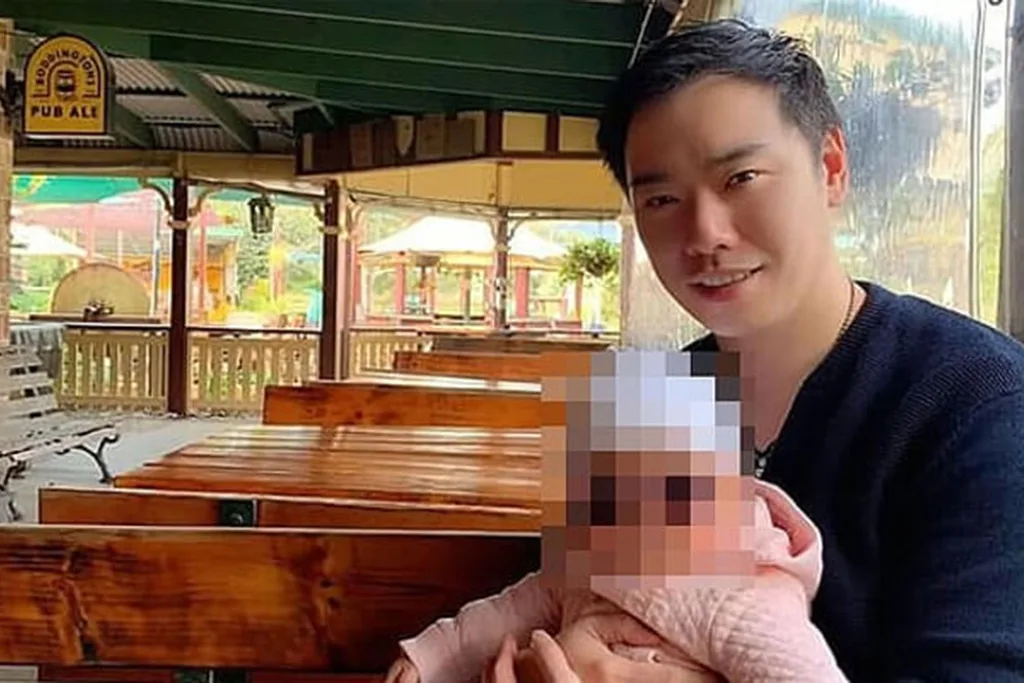
A quick social media search reveals countless groups created to link prospective sperm donors with would-be parents, in an environment that relies more on goodwill and trust than any sort of binding guidelines. Adam Hooper runs one such group, Sperm Donation Australia, and says he believes more donor-conceived babies were born from activity in his group in 2020 than from all the IVF clinics combined. “We had 437 reported cases of pregnancies and births,” he says. Hooper has “helped over 15 families”, which may involve the birth of one or more child per family.
The group, which has more than 10,000 members, operates like a sort of Airtasker for babymaking – without the payment. Prospective parents – often lesbian couples, single women or, more rarely, heterosexual couples – write posts explaining what they’re looking for in a sperm donor, and donors respond, or vice versa. Both parties usually specify the methods they’d consider to acquire sperm – AI stands for artificial insemination, NI for natural insemination.
Hooper has guidelines in place for the group, but it’s up to the parties to meet and decide how they want to proceed. There are no limits placed on how many times a man can donate his sperm – whereas most clinics cap the number of donor recipient families to either five or 10 to minimise the chance of siblings meeting and perhaps unknowingly entering into sexual relationships. While medical histories are exchanged, it’s up to the individuals to verify the facts. All promises about parental responsibility and contact – or lack thereof – are left to the goodwill of the adults involved, and it’s impossible to know what happens to these promises after a baby is conceived. (Hooper says he hasn’t seen any issues arise within the group, and encourages recipients and donors to make their arrangement legal with binding contracts.) And, as the group has only been around since 2015, there’s no way – yet – to know what the children (and eventual adults) born from these interactions will think when they grow up and realise they were born as the result of an online swap-meet.
Sometimes the “freelance” donors and official, clinic-based donors are one and the same, leading to countless children being created that no-one seems able to keep track of. In 2020, a 40-year-old Brisbane man, Alan Phan, was reportedly investigated by the Victorian Assisted Reproductive Treatment Authority for donating to clinics around the country more times than their limits allowed, without disclosing his other private donations. It’s believed he fathered 23 children in total, both privately and using clinics, though the number may be higher. It’s easy to see why Dingle thinks of donor conception as the act of “breeding humans”. However, for those struggling to conceive – an issue that affects around one in six couples of fertility age in Australia – donor conception may be one of the few options that allows them to fill the deep longing for a child of their own. And for same-sex couples, it is almost certainly the only option.

Dr Iolanda Rodino is a fertility counsellor and board member of the Fertility Society of Australia and New Zealand. She understands that many people using ART to conceive can struggle to think beyond their intense desire to have a child. “People just want their baby and we understand that. There’s a lot of empathy we feel for these people,” she says of her work counselling prospective parents. At the same time, she recognises the industry made grave errors in its early decades by giving donor-conceived people no way to find out about their donors – in some cases even destroying records – and encouraging parents to keep donor conception secret from their offspring. “We may not have got it perfect,” she says. “And I’m sorry for anyone who would have been through that experience [of trying to find their donors without success], I really am. It would have been a terrible situation for them.” But she insists the clinics have learnt from their mistakes, and that unborn children’s rights and feelings are considered just as much as those of the adults planning to create them. “There is that move away from eras of the past, to contemplating that these are people growing up who will have questions about the circumstances of their conception,” she says. “How we support them is really important.”
But for someone like Dingle, all the counselling, regulation and databases in the world can’t address everything about the practice that makes her uneasy. There is also nothing that compels a family to tell a child the truth, which means unknown numbers of donor-conceived people may still live large parts, or all, of their lives without knowing that someone they thought to be a parent is actually not, and running the risk of finding out in a destabilising way, such as during an argument or because they innocently took an ancestry test. “If I had known from day one that I was donor conceived it would have been normal,” Dingle says. “At least it wouldn’t have been such a shock to find out the way I did.”
She accepts that donor conception isn’t going anywhere. But she has a plea to any person considering using it to conceive, or to parents choosing not to tell their donor-conceived offspring. “You need to tell them the truth. And if they want you to, you need to give them every assistance to find their biological parent and siblings.” Hewitt believes every donor-conceived person should have the facts of their conception recorded on their birth certificate, so there’s no ambiguity. Like most donor-conceived people, the man who raised her is listed as her father. “The person who should be on there is my biological father,” she argues. “We want an accurate connection to who we’re related to. Then we wouldn’t have to go through the machinations of people lying. If you say you love your child but you’re raising them in a web of lies, then there is no love. It’s about ownership. And that’s incredibly sad.”
Dingle agrees. “I understand that people will always want children. But I want those people to do everything they can to ensure the welfare of that child is paramount.”
This feature originally appeared in the June issue of marie claire Australia, out now.
Brave New Humans: The Dirty Reality of Donor Conception, by Sarah Dingle (Hardie Grant Books, $29.99), out now.
